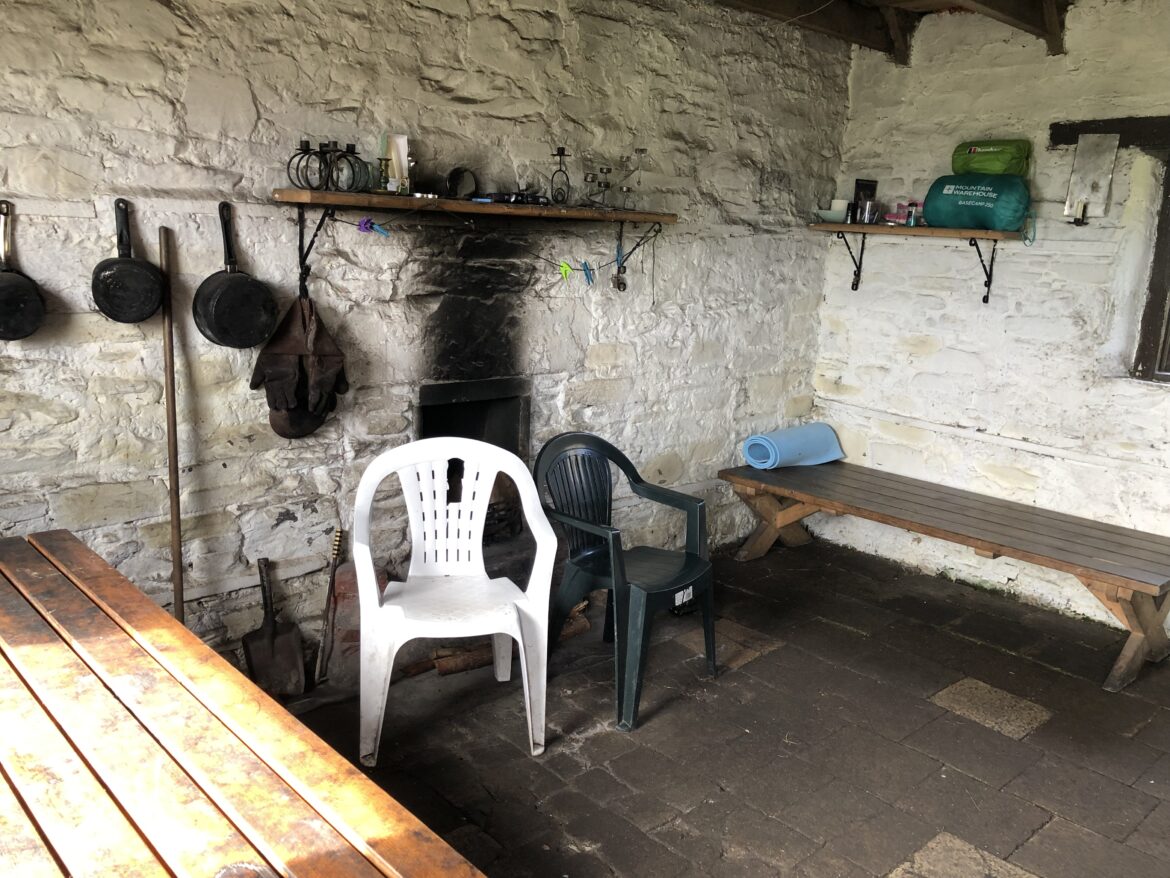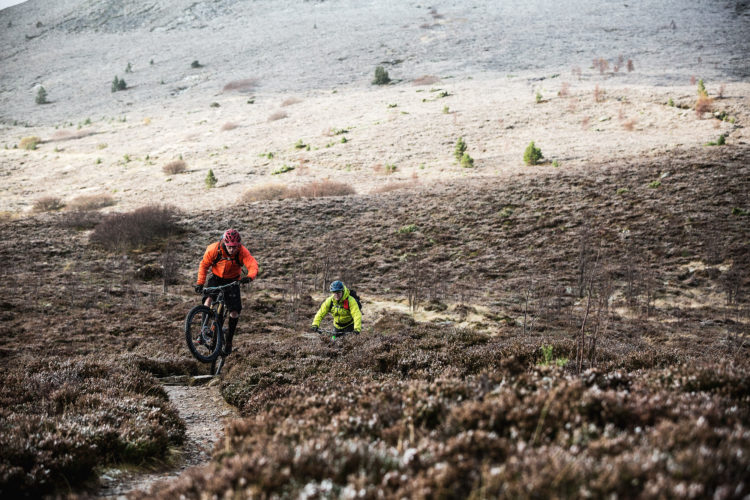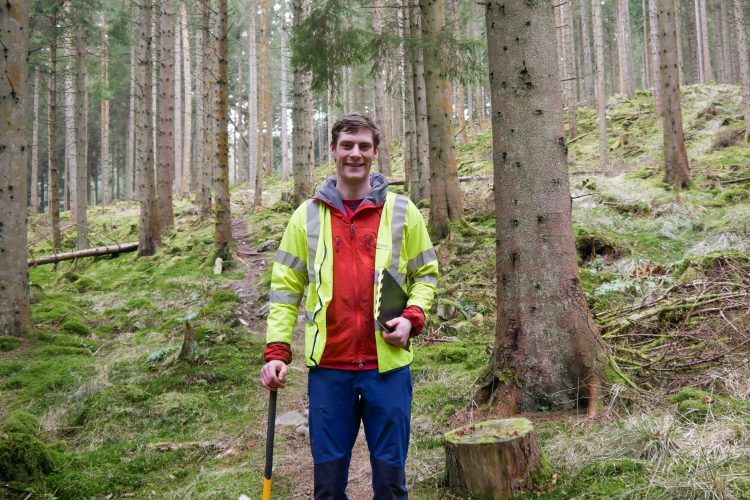
You know that feeling when you are riding somewhere you are not exactly supposed to be, say, on private property because it was the best/only way to get where you needed to go—your ears especially awake and scanning for the “HEY! GET OFF MY LAWN!!” missive or the blood curdling ‘click-Click’ of a shotgun? It’s kind of a buzzkill.
Riding the Scottish Highlands I spied a man ahead, tending sheep. *Gulp*. I ran through a list of saccharine salutations, my best ‘damsel-in-distress’ and/or ‘just a dumb, lost American’ excuses in my head, preparing for the worst.
He raised an arm and waved it over his head. Uh oh, that must be a special Scottish signal meaning “You’re heading for the clink—enjoy your last moments of freedom.” This was followed by what looked suspiciously like a smile, though was surely a baring of the teeth indicating rage. Then he said something cheerful that sounded for all the world like “Halo! Have a nice day!” and went back to his business. I pedaled by, unsure of what happened. I’d probably misunderstood him, and a giant net was about to fall over me, scooping me up to hang from a tree to the sheep’s delight and amazement.
I kept looking back, sure the Scotland Yard would be on my tail. None of these things happened and I realized far too late how rude I’d been, and lamely waved and said “Hello! Um, you too!?!” like five minutes later. What a dolt.
In Scotland, as in many other European countries, while there is much less “public land” as we Americans know it, ordinary folks—hikers, fishers, hunters, campers and cyclists—are largely allowed to wander at will. This is thanks to the “Right to Roam,” a 2003 Scottish government act codifying a general public right of access.
“Part 1 of the Act sets out a right of responsible non-motorised access for recreational and other purposes, to land and inland water throughout Scotland, with a few exceptions,” according to the Scottish government. This exists when the right is exercised properly to any non-motorized activities, like cycling, horse-riding, camping, and hiking.
My visit took me to Blair Atholl in Cairngorms National Park, and to Pitlochry in the Highlands. An American friend had moved to the United Kingdom after being swept off her feet by a Scotsman a few years prior. They were a fat bike family who routinely headed out into the moors and onto the munroes in all seasons, once being treated to a surprise showing of the aurora borealis, or Northern lights. And speaking of seasons, there are apparently two seasons in Scotland: June and winter. And despite my being there in June, it was still always about to rain, or it was raining, or had just finished raining (though to be fair, my first day in Ayr was 80° under a cloudless sky, the boardwalk and sand indistinguishable from Venice Beach in L.A., aside from the reflective, light blue color of the newly exposed Scottish skin).

Now, riding a fat bike is great, but it is different. It’s like riding a big friendly elephant versus a Thoroughbred racehorse or a jumper. The farm roads and doubletracks we rode were not technical, nor were they buttery smooth. The lack of suspension on the fattie made every bump and divot reverberate through the frame, and the wavy-woozy motion transferred up into my skeleton, and then made my internal organs slosh from side to side—a kidney version of bingo wings.
Maybe in part because of the aforementioned length and breadth of winter in Scotland, and the tendency toward wandering the moors and munroes unrestrained, lads and lassies occasionally find themselves in a pickle. Storms can bubble up quickly and pull the wool over the eyes, disorient and endanger a rider or hiker. The Scots answer to this? The bothy.
According to the Mountain Bothies Association website, a bothy “was originally a farm accommodation for itinerant workers; now a bothy is an open shelter usually in a remote location where travelers might have need of four walls and a roof. Most bothies are old cottages and at least several hours walk from the public road.” There’s no charge, there’s no way to reserve, just “turn up” and be prepared to share.

The bothy that I happened upon whilst descending mile-after-mile of empty two-track was simple yet homey, with everything one might need for a night or two, in good weather or bad. A fireplace had wood and matches, a clothesline for drying items before it, sleeping planks, a kettle, candles and a few heavy blankets. The system of huts throughout Great Britain is maintained by volunteers and here is their lovely motto: “To maintain simple shelters in remote country for the use and benefit of all who love wild and lonely places.”
So while my Scotland experience did not include singletrack riding this time (and there’s plenty to be had), the ease of roaming, wild camping, and the presence of the delightful bothies made meandering about on the ponderous fat bike an experience worth repeating.





















